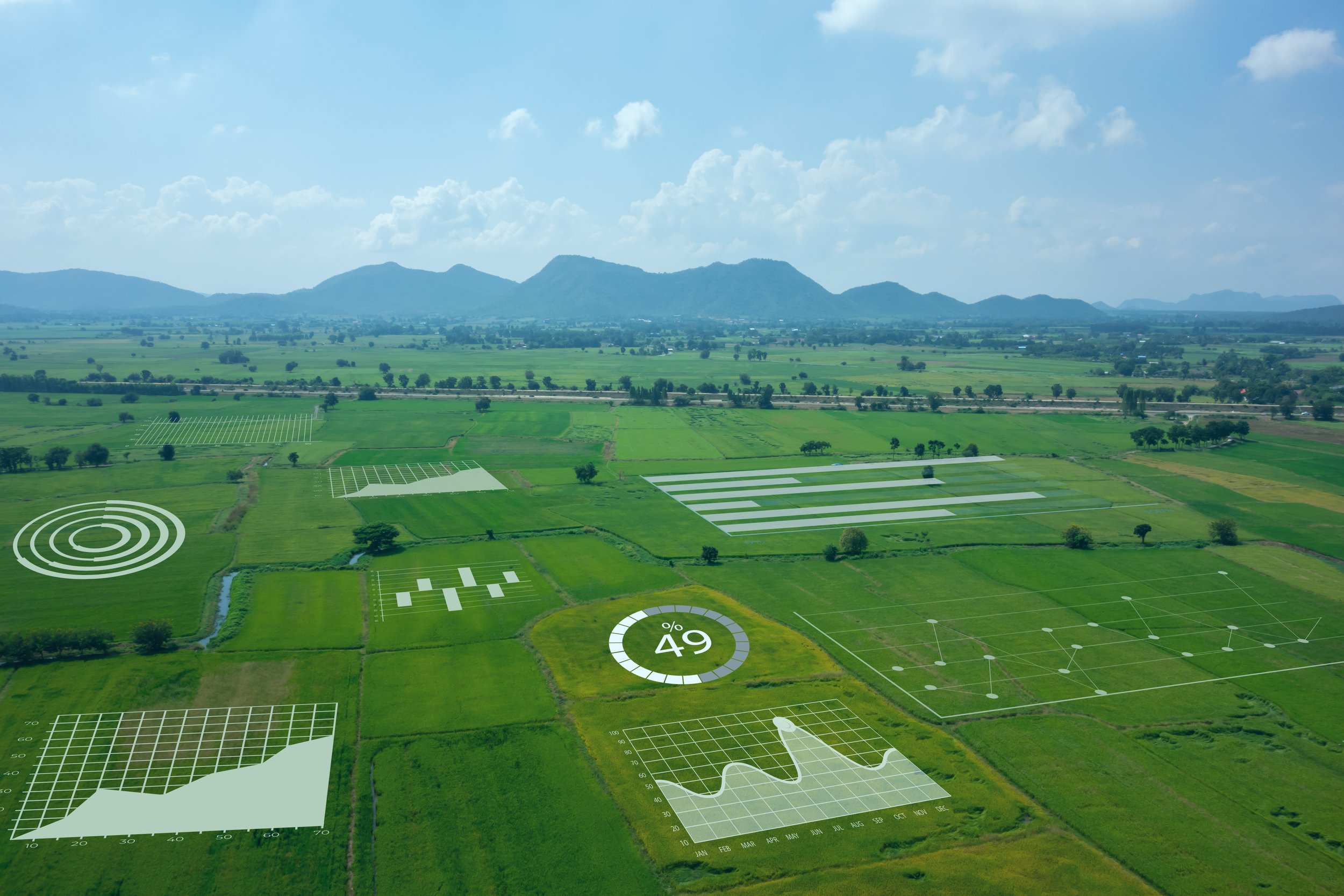
Sensors for Sustainable Agriculture
Nitrous Oxide (N2O) is a naturally occurring greenhouse gas but human activity is making it detrimental. According to the EPA, it takes an average of 114 years to remove N2O molecules from the atmosphere. Thus, the impact of 1 pound of N2O to 1 pound of CO2 is 300:1.
In the US, 75% of N2O emissions came from agricultural soil practices in 2019.

Awarded an ARPA-E grant for SmartFarm, Intelligent Material Solutions, Inc. has paired with the Mark Zondlo Lab at Princeton University, Paige Wireless, and Slant Range to create NitroNet. NitroNet is an autonomous sensing system designed to monitor N2O emissions. By using laser-beams, inexpensive reflectors, and highly sensitive detectors, NitroNet can monitor fields without disrupting normal operation at high temporal and spatial resolutions over an entire growing season. By monitoring at the field level, Nitronet motivates emission reductions and empowers opportunities to leverage farming systems to tackle climate change.
Sources:
US EPA, O. Overview of Greenhouse Gases [Overviews and Factsheets]. https://www.epa.gov/ghgemissions/overview-greenhouse-gases
Princeton University | arpa-e.energy.gov. (n.d.). https://arpa-e.energy.gov/technologies/projects/nitronet-smart-system-quantify-nitrous-oxide-emissions
Greenhouse Effect 101 | NRDC. (n.d.). https://www.nrdc.org/stories/greenhouse-effect-101
